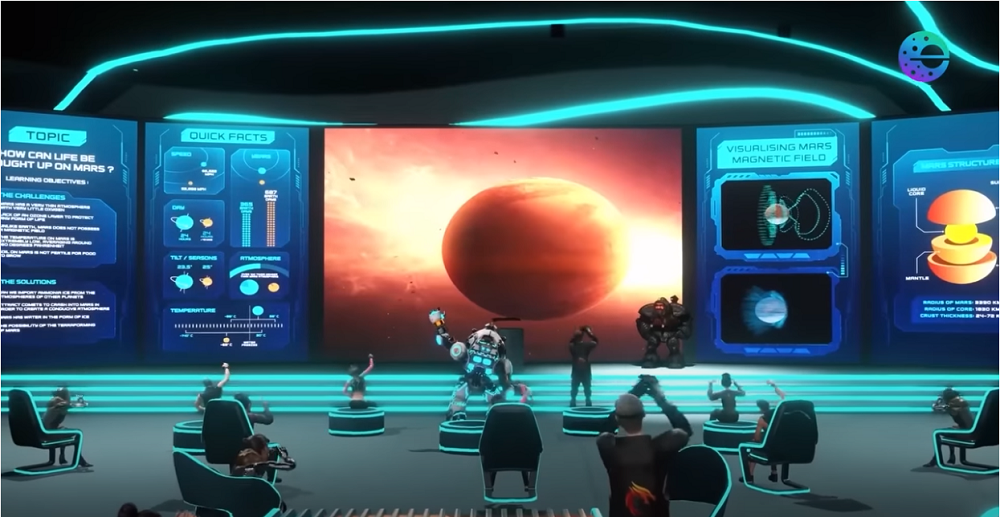Baeugi News Hub
Your source for the latest news and insightful articles.
Virtual Classrooms: Where Learning Meets the Cloud
Discover the future of education in virtual classrooms! Explore how cloud technology revolutionizes learning experiences. Join the movement now!
Maximizing Engagement in Virtual Classrooms: Tips and Tools
Maximizing engagement in virtual classrooms is essential for effective learning. One key strategy is to incorporate interactive tools that foster participation. Tools like Kahoot and Quizlet allow educators to create quizzes and games that make learning fun and competitive. Additionally, consider using Padlet for collaborative brainstorming sessions, where students can post ideas and feedback in real time. By integrating these tools, you not only enhance the learning experience but also encourage students to actively engage with the material and their peers.
Another important aspect of maximizing engagement is creating an inclusive and supportive environment. Establish clear guidelines for participation and ensure all students feel comfortable sharing their thoughts. To achieve this, you might implement breakout rooms where students can discuss topics in smaller groups before sharing insights with the larger class. According to research from Edutopia, such collaborative discussions can significantly increase student engagement. Regularly check in with students through surveys to gather feedback on what is working and where improvements can be made. This iterative approach will help tailor the learning experience to meet the needs of all students.

The Future of Education: How Virtual Classrooms are Revolutionizing Learning
The future of education is being transformed by the rise of virtual classrooms, a trend that has gained unprecedented momentum in recent years. With advancements in technology, educators and learners are now able to connect in dynamic ways that were previously unimaginable. According to a report by the Education Corner, online learning offers greater flexibility, affordability, and accessibility, enabling students from all backgrounds to participate in high-quality education. Virtual classrooms cater to diverse learning styles, ensuring that each student can progress at their own pace, whether through interactive video lectures or engaging group discussions.
The flexibility of virtual learning environments allows institutions to reach a broader audience while offering tailored educational experiences. As highlighted by The World Bank, these platforms utilize cutting-edge tools such as Artificial Intelligence and data analytics to personalize learning journeys and identify areas for improvement. Furthermore, with tools such as virtual reality and gamification, virtual classrooms are not only making learning more engaging but also preparing students for a technology-driven world. As we embrace these changes, the landscape of education will continue to evolve, ultimately fostering a more inclusive and innovative learning ecosystem.
What Are Virtual Classrooms and How Do They Benefit Students?
Virtual classrooms refer to online learning environments where instructors and students interact through digital platforms. These platforms often include a variety of tools such as video conferencing, chatrooms, and interactive whiteboards, enabling real-time communication and collaboration regardless of geographical barriers. By integrating technology into the learning process, virtual classrooms can create a dynamic space for education, allowing educators to share multimedia resources and engaging educational content that enhances understanding and retention.
One of the primary benefits of virtual classrooms is their flexibility. Students have the ability to attend classes from anywhere, whether at home or on the go, which can significantly improve accessibility for those with scheduling conflicts or mobility issues. Additionally, asynchronous learning options often allow students to complete coursework at their own pace. This method promotes personalized learning, allowing students to revisit challenging materials and focus on their individual learning needs. According to a study by Forbes, these advantages can lead to improved academic performance and a better overall education experience.